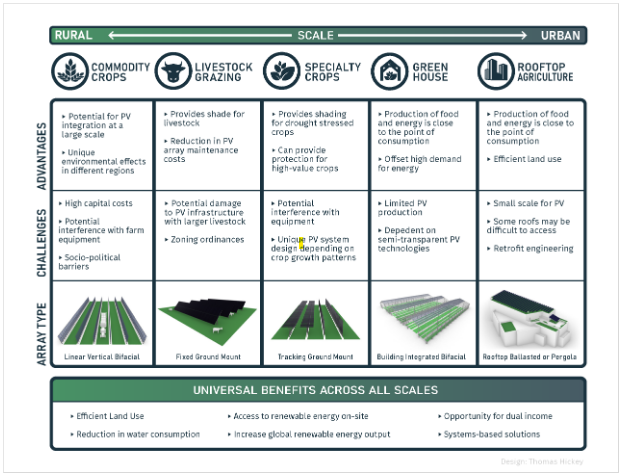
Solar developer support
Solar developers who understand the value of solar grazing and are willing to fairly compensate farmers for their expert services are the second ingredient vital to agrivoltaic implementation. Many solar companies such as Silicon Ranch, Lightsource bp, Pivot Energy and Lightstar Renewables are experiencing the benefits that grazing sheep can offer their solar projects. Referencing these companies should not be construed as an endorsement by Michigan State University Extension but rather an invitation to other solar developers across the industry to examine the positive role agriculture might play in their own solar projects.
Sheep producer expertise
The final component is a shepherd who can competently and confidently manage sheep grazing in a solar project. While grazing sheep in a solar project is not overly onerous, it does require planning and skillsets beyond simply putting up temporary fencing and moving sheep around the site. Shepherds interested in gaining the skills necessary to realize the promise of solar grazing can take a course to receive the American Solar Grazing Association Certification for Solar Grazing. Efforts are underway by Michigan State University Extension and United Agrivoltaics Heartland Alliance (UAHA) to offer a course this winter. For more information about the certification program, contact UAHA Executive Director Samantha Craig at 269-528-1409 or info@uaheartland.org.
Agrivoltaics offers an opportunity for solar developers, communities and shepherds to work together in ways that provide environmental, food security and economic benefits across sectors. Solar grazing, as a dual land-use, allows the Michigan sheep industry to meet the market demand for lamb, support rural economies, and keep farmland in production all while supporting the production of green energy. No one loses in this arrangement.
Source : msu.edu